Real cultural immersion happens when you step away from tour buses and staged performances to discover communities where traditions flow naturally through daily life. These destinations offer genuine encounters with customs, ceremonies, and ways of living that have shaped entire civilizations across centuries of human experience.
Finding authentic culture means seeking places where local communities welcome visitors into their actual lives rather than presenting sanitized versions designed for tourist consumption. Here is a list of 16 places where cultural authenticity remains vibrantly alive.
Rajasthan, India
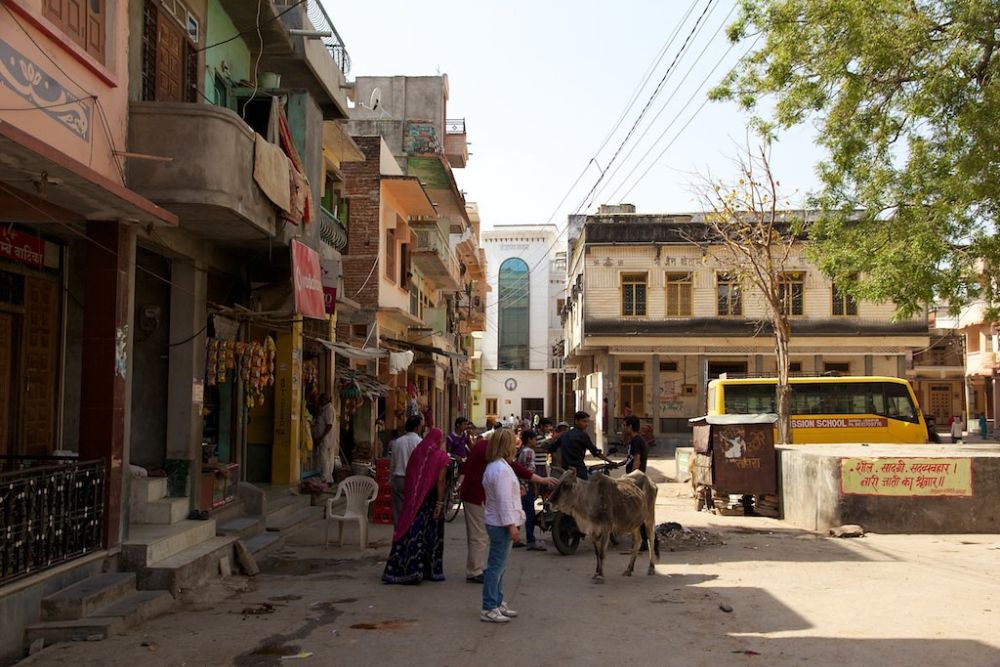
Desert kingdoms preserve ancient traditions while adapting to contemporary realities in ways that create fascinating layers of cultural complexity. Udaipur’s lakeside palaces still house royal families who invite guests to share traditional meals prepared using recipes passed down through generations of Rajput heritage.
Village artisans demonstrate block printing, pottery, and metalwork techniques that connect directly to medieval trading routes while creating modern pieces that reflect both historical skills and current aesthetic sensibilities. The monsoon festivals and harvest celebrations include entire communities in rituals that honor both agricultural cycles and spiritual beliefs dating back thousands of years.
Cusco, Peru
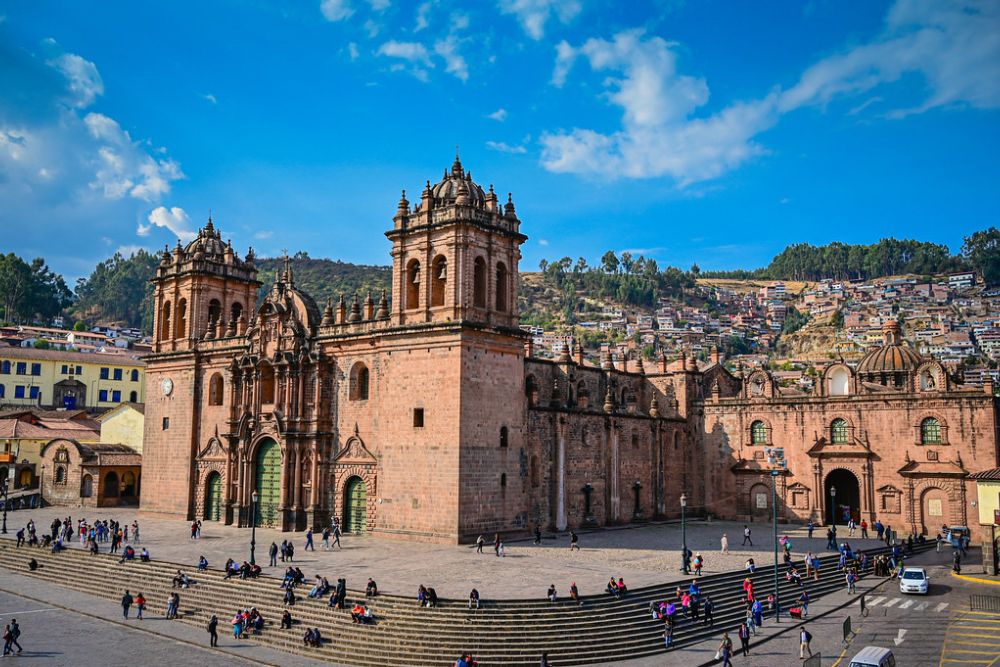
The former Inca capital blends pre-Columbian wisdom with Andean Catholic practices through daily ceremonies that feel both ancient and surprisingly contemporary. Quechua speakers in surrounding valleys maintain textile traditions where every pattern tells stories about family history, spiritual beliefs, and connections to sacred mountains that dominate local geography.
Traditional ayni (reciprocal work) practices bring communities together for planting and harvest while visitors can participate respectfully in agricultural work that sustains both physical and cultural survival. Sacred Valley markets showcase foods, crafts, and social interactions that demonstrate how indigenous knowledge adapts to modern challenges while preserving essential cultural identity.
Like Travel Pug’s content? Follow us on MSN.
Bhutan
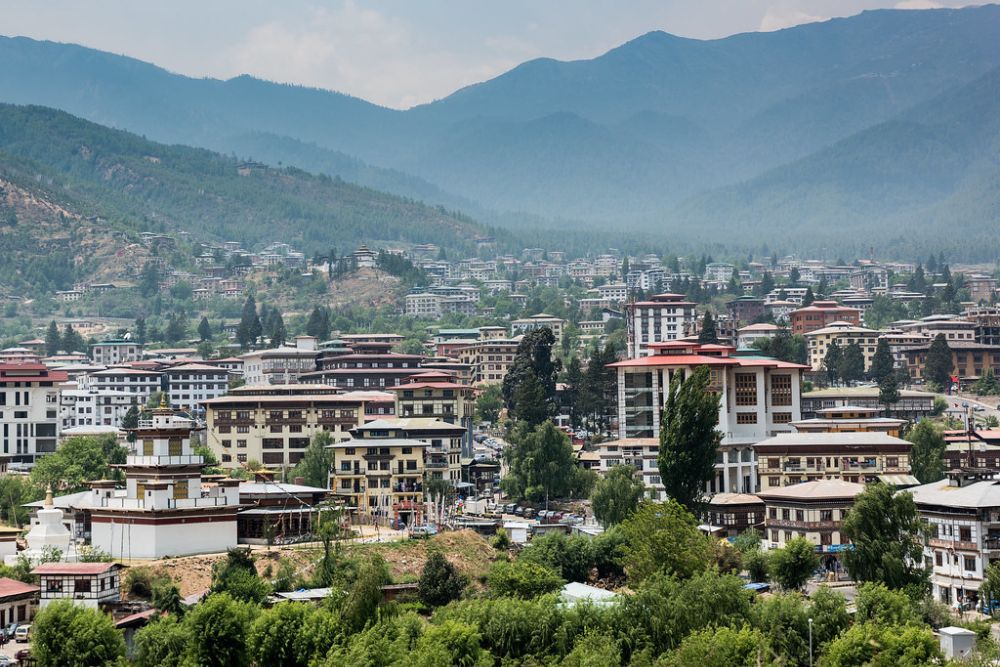
The Thunder Dragon Kingdom maintains cultural authenticity through carefully managed development policies that prioritize Gross National Happiness over economic growth measured by conventional standards. Traditional architecture requirements ensure that contemporary buildings respect historical designs while monks in crimson robes navigate streets where prayer wheels spin alongside internet cafés serving butter tea.
Festival celebrations include mask dances and religious ceremonies where local participation far exceeds tourist attendance, creating genuine spiritual experiences rather than cultural performances. The kingdom’s carbon-negative environmental policies reflect Buddhist values that influence everything from daily meditation practices to national forest conservation strategies.
Fes, Morocco
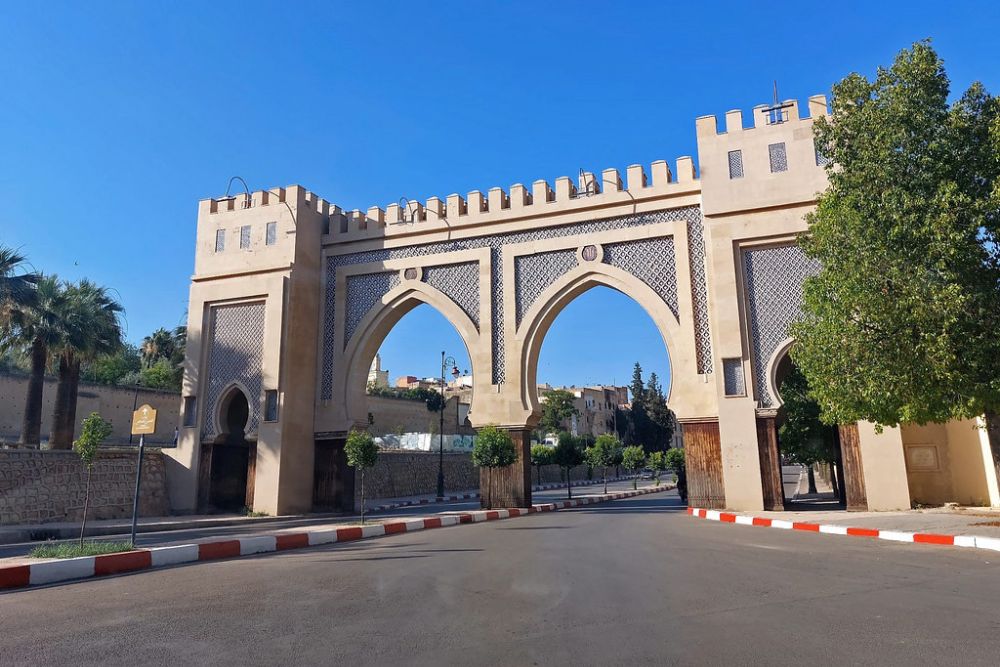
Morocco’s spiritual center preserves medieval Islamic civilization within narrow alleyways where donkeys still transport goods as artisans practice crafts that haven’t changed substantially since the city’s founding over a thousand years ago. Traditional tanneries produce leather using techniques that require intimate knowledge of seasonal weather patterns while creating products that supply both local markets and international fashion houses.
The call to prayer echoes five times daily while families gather in riads where fountain courtyards provide cooling spaces for conversations that blend Arabic, Berber, and French languages naturally. Koranic schools continue educational traditions that emphasize memorization, calligraphy, and theological study alongside practical skills needed for contemporary Moroccan society.
Luang Prabang, Laos
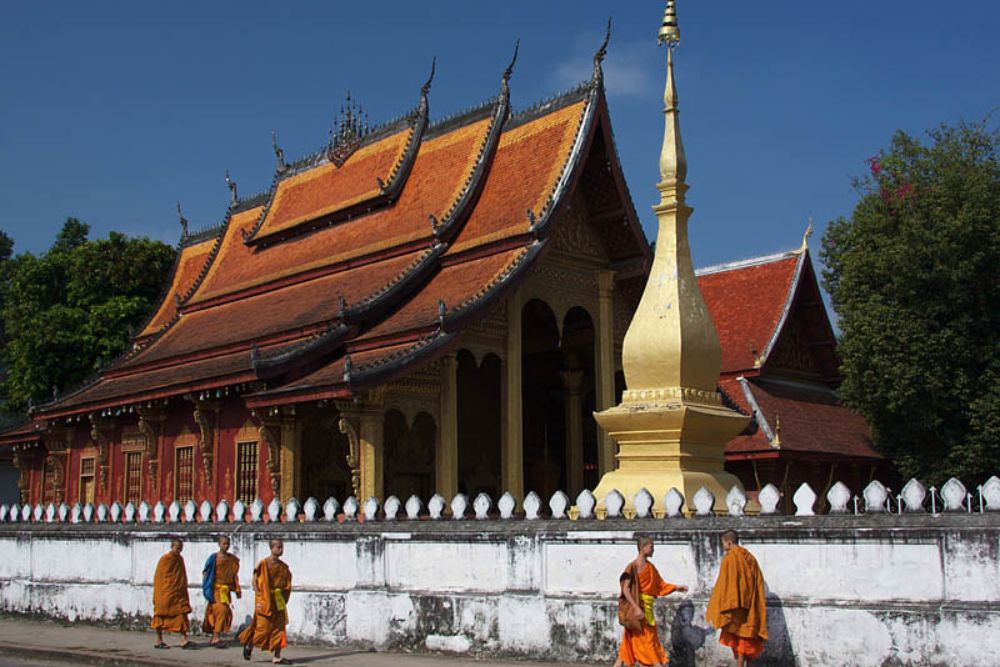
This UNESCO World Heritage town demonstrates how French colonial influence can blend harmoniously with Buddhist monastery culture when development happens gradually and respectfully over decades rather than years. Dawn alms-giving ceremonies include local families who participate in daily rituals that connect urban life to rural agricultural cycles through offerings of rice and traditional foods.
Night markets showcase Lao textiles, woodcarving, and cuisine while providing economic opportunities for artisan families who’ve maintained craft traditions through generations of political upheaval. The Mekong River provides both transportation and spiritual focus for ceremonies that honor water spirits while acknowledging the practical importance of river systems for regional agriculture and trade.
Like Travel Pug’s content? Follow us on MSN.
Kandy, Sri Lanka
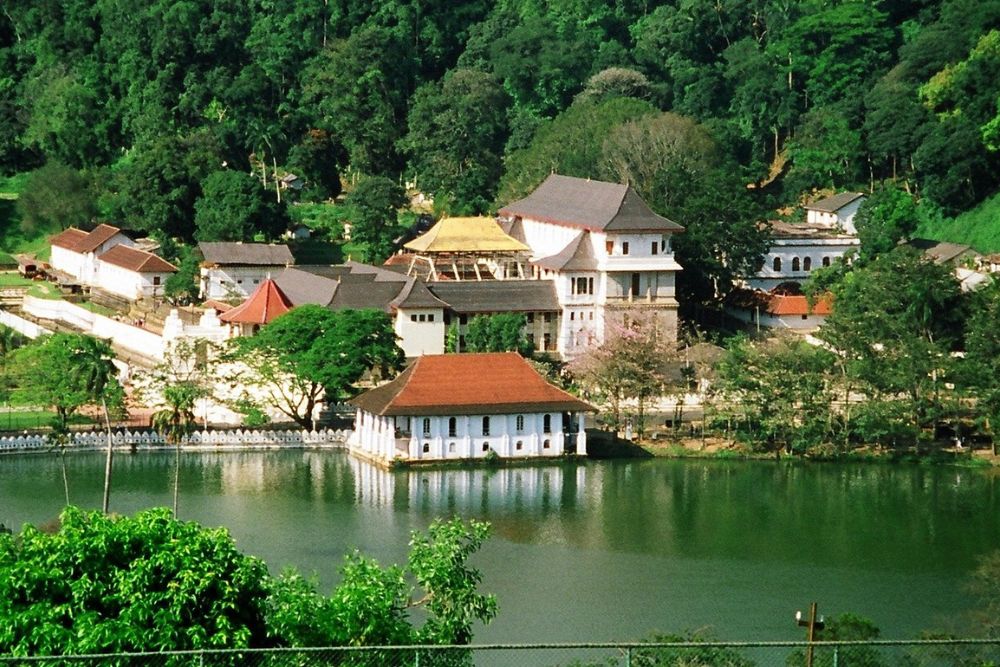
The ancient kingdom’s final capital maintains its position as Sri Lanka’s cultural heart through temple festivals and traditional arts that connect contemporary communities to over two millennia of recorded history. The Temple of the Sacred Tooth draws pilgrims who participate in puja ceremonies that include flower offerings, chanting, and meditation practices that visitors can observe respectfully while learning about Buddhist devotional traditions.
Traditional Kandyan dance performances happen regularly, though the most authentic experiences occur during religious festivals when entire neighborhoods participate in processions that honor both Hindu and Buddhist deities. Tea estate communities surrounding the city welcome visitors to join harvest work while sharing stories about how Ceylon tea culture developed through interactions between British colonial systems and local agricultural knowledge.
Oaxaca, Mexico
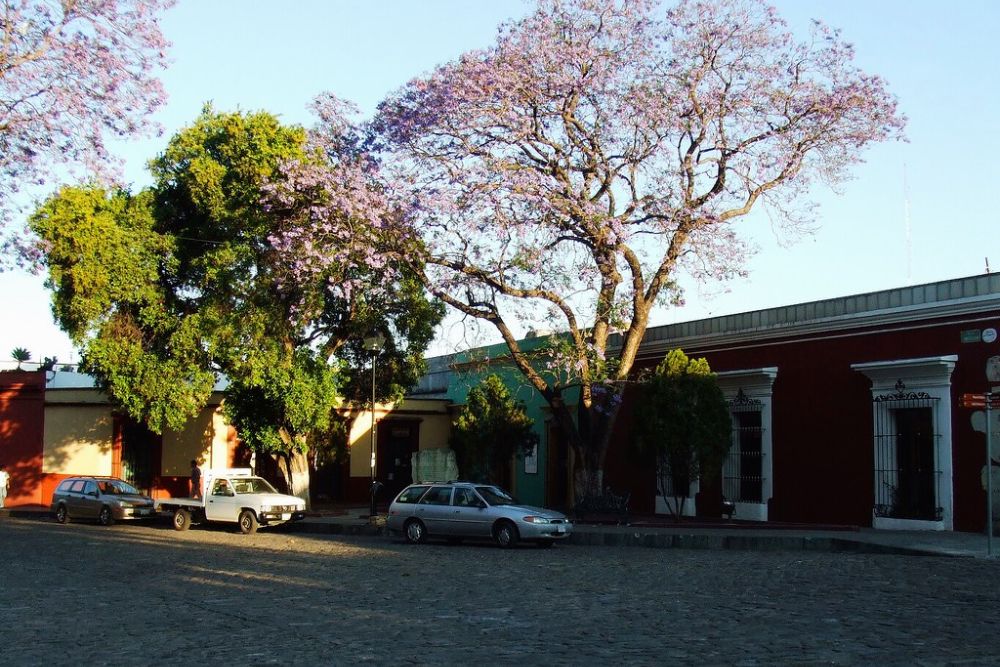
Indigenous Zapotec traditions blend seamlessly with Spanish colonial influences through daily practices that demonstrate cultural fusion rather than cultural replacement over five centuries of shared history. Local markets overflow with handwoven textiles created using natural dyes and traditional looms while vendors explain the symbolic meanings embedded in patterns that connect contemporary products to pre-Columbian spiritual beliefs.
Mezcal production involves entire communities in agave cultivation, harvesting, and distillation processes that reflect both ancient fermentation knowledge and modern quality standards. Day of the Dead celebrations showcase how indigenous death rituals adapted to Catholic imagery while maintaining essential elements that honor ancestors through elaborate altar preparations and cemetery gatherings.
Istanbul, Turkey
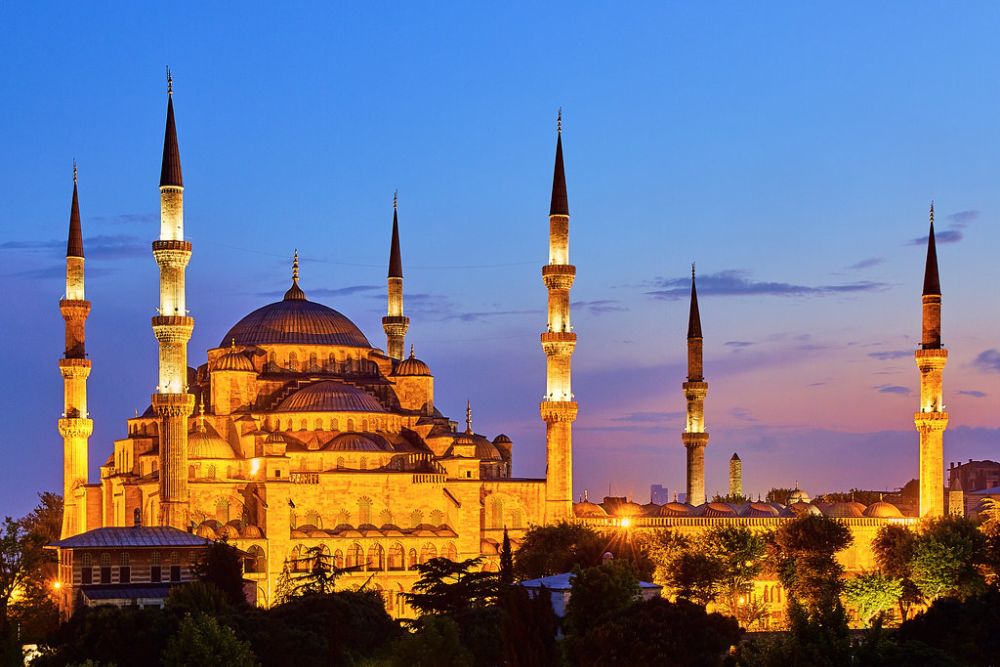
The former Byzantine and Ottoman capital straddles Europe and Asia in ways that create daily cultural intersections coexist organically within neighborhoods that have hosted diverse communities for over fifteen centuries. Traditional hammams provide social gathering spaces where centuries-old bathing rituals continue alongside contemporary spa services while maintaining the community aspects that make these institutions culturally significant beyond mere relaxation.
Grand Bazaar vendors represent families who’ve maintained the same stalls for generations while adapting their merchandise to include both traditional crafts and contemporary products that reflect Turkey’s position, bridging Eastern and Western markets. Street food reflects culinary influences from across the former Ottoman Empire while maintaining distinctly Turkish preparation methods and seasonal ingredient preferences.
Like Travel Pug’s content? Follow us on MSN.
Kyoto, Japan
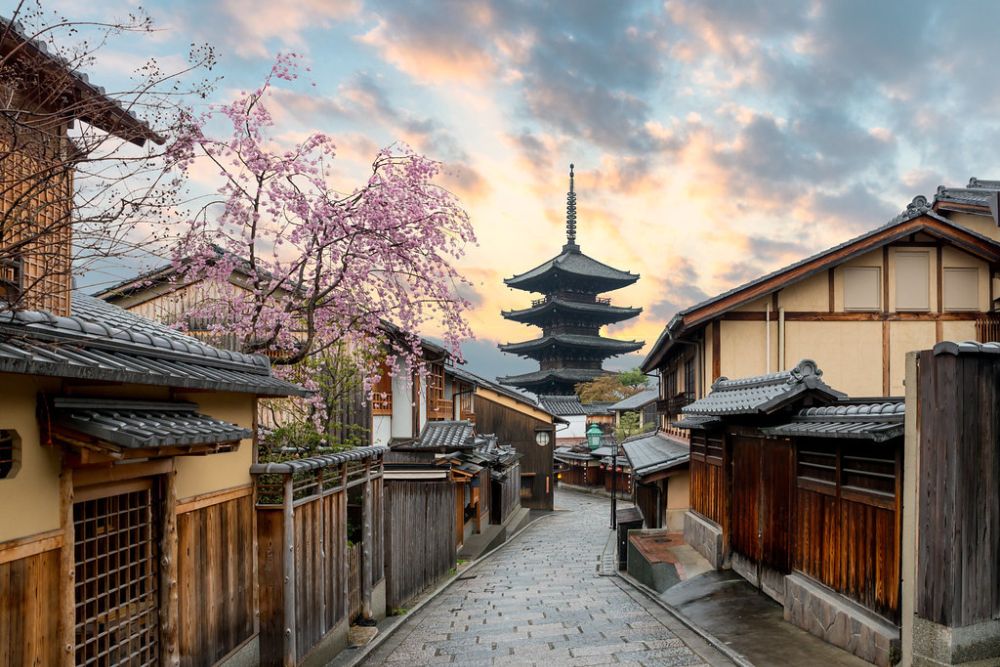
Traditional Japanese aesthetics survive in neighborhoods where geisha culture, tea ceremony practices, and seasonal festivals maintain connections to historical Japan while adapting to contemporary urban realities. Gion district’s chaya (tea houses) function as working establishments where apprentice geiko learn traditional arts from master practitioners who maintain standards that emphasize perfection through decades of disciplined practice.
Buddhist temples offer meditation instruction and seasonal ceremonies that welcome sincere participants regardless of religious background while maintaining authentic spiritual practices rather than tourist-oriented cultural demonstrations. Traditional ryokan inns provide accommodation experiences that include kaiseki dining, tatami mat sleeping, and communal bathing that reflect Japanese hospitality traditions adapted for contemporary comfort levels.
Zanzibar, Tanzania

Stone Town’s Swahili culture demonstrates how Arab, Persian, Indian, and African influences created something unique through centuries of Indian Ocean trade that brought diverse communities together on this strategic island location. Traditional dhow building continues using techniques that connect contemporary boat construction to navigation traditions that enabled trade across the monsoon-driven sailing routes that connected East Africa to Asia and the Arabian Peninsula.
Spice plantations showcase how global demand for cloves, cardamom, and cinnamon shaped local agriculture while creating cultural practices that blend Islamic, Hindu, and African spiritual traditions. Evening markets provide social gathering spaces where vendors sell street food that reflects the island’s multicultural heritage while maintaining preparation methods that emphasize fresh ingredients and traditional spice combinations.
Siem Reap, Cambodia
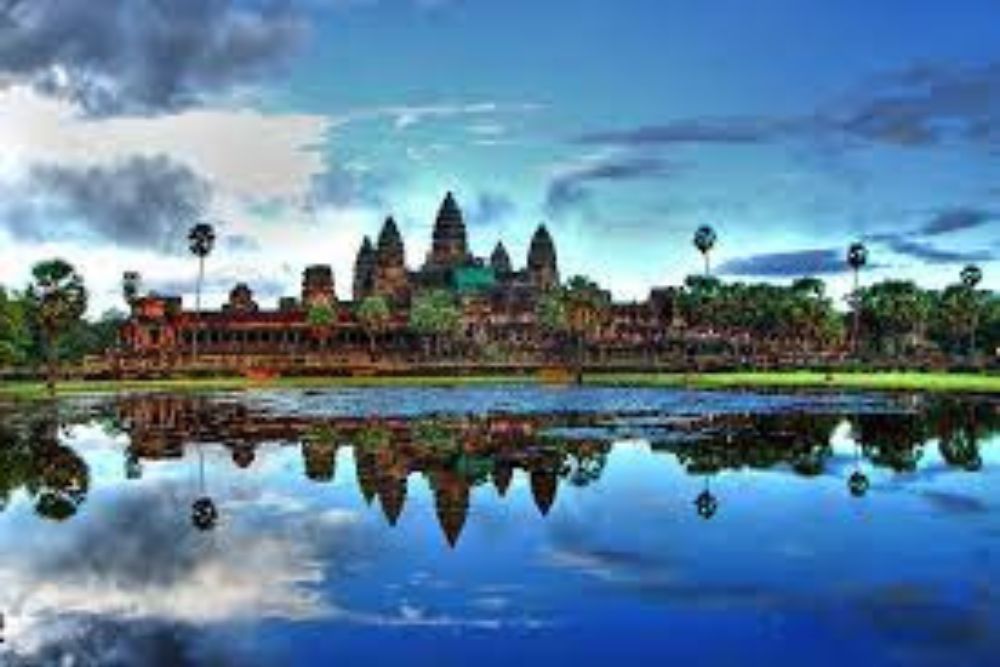
Beyond Angkor Wat’s ancient temple complexes, this town maintains Khmer cultural traditions through traditional arts and crafts that survived the devastation of recent decades while providing economic opportunities for communities working to rebuild cultural knowledge. Artisan workshops welcome visitors to learn shadow puppetry, silk weaving, and stone carving from masters who trained under pre-war craftsmen or learned skills from elder practitioners who preserved traditional techniques through difficult periods.
Local families invite guests to participate in water blessing ceremonies and seasonal festivals that connect contemporary communities to agricultural cycles and spiritual practices that sustained Khmer civilization for over a thousand years. Floating villages on Tonle Sap Lake demonstrate fishing cultures that have adapted to annual flooding cycles while maintaining traditional boat-building skills and community cooperation systems essential for survival in challenging environments.
Like Travel Pug’s content? Follow us on MSN.
Tbilisi, Georgia
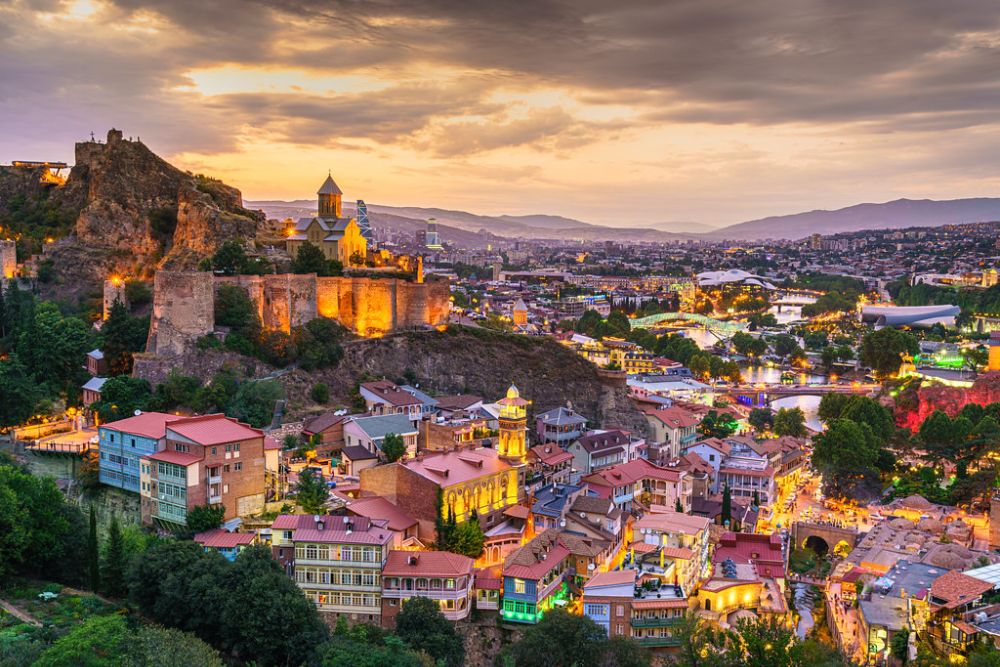
The Caucasus Crossroads preserves ancient wine-making traditions, polyphonic singing styles, and hospitality customs that transform every meal into a cultural celebration where guests become temporary family members through elaborate toasting rituals. Traditional supra gatherings include complex toasting sequences led by a tamada (toastmasters), who guide conversations through Georgian history, literature, and cultural values while ensuring that every participant contributes to communal storytelling.
Wine cellars carved into hillsides contain qvevri (clay vessels) that ferment indigenous grape varieties using techniques that UNESCO recognized as intangible cultural heritage while supporting modern Georgian wine industry development. Sulfur bath districts provide social gathering spaces where therapeutic bathing traditions continue alongside contemporary spa services while maintaining the community aspects that make these institutions culturally significant.
Hoi An, Vietnam
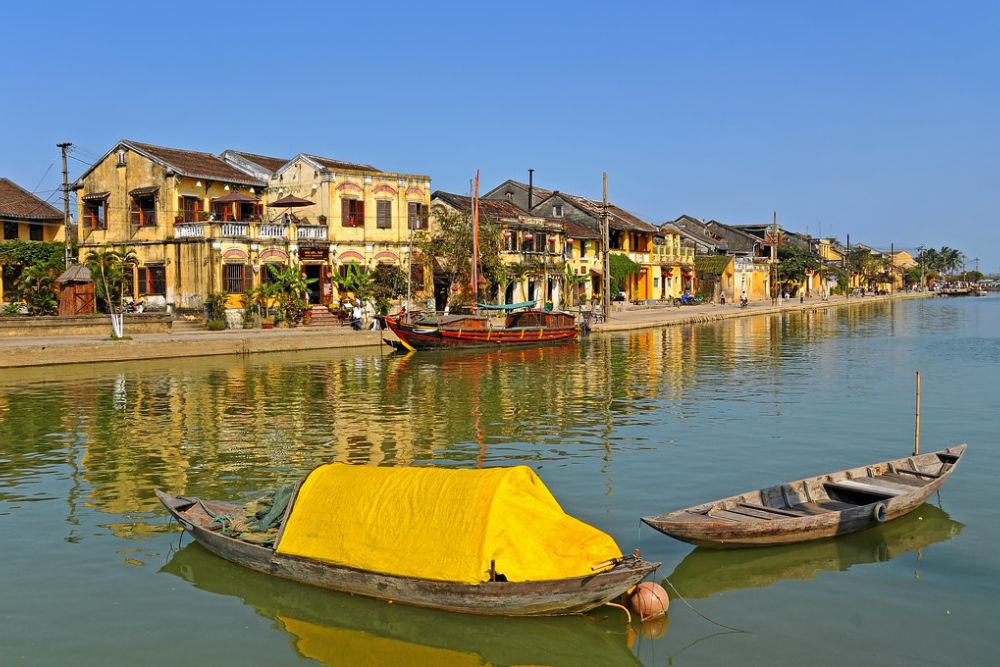
This ancient trading port demonstrates how historical preservation can support contemporary communities through traditional crafts and cultural practices that provide both cultural continuity and economic sustainability for local families. Tailor shops operated by multi-generational families create custom clothing using traditional techniques while adapting designs to contemporary fashion preferences and tourist needs. Cooking classes happen in family kitchens where recipes reflect the town’s position along historical spice trade routes while incorporating ingredients from gardens that participants help harvest during hands-on agricultural experiences.
Monthly full moon festivals transform the town into lantern-lit celebrations where locals and visitors participate together in riverside ceremonies that honor both Buddhist and Confucian traditions through community gatherings rather than tourist entertainment.
Lalibela, Ethiopia
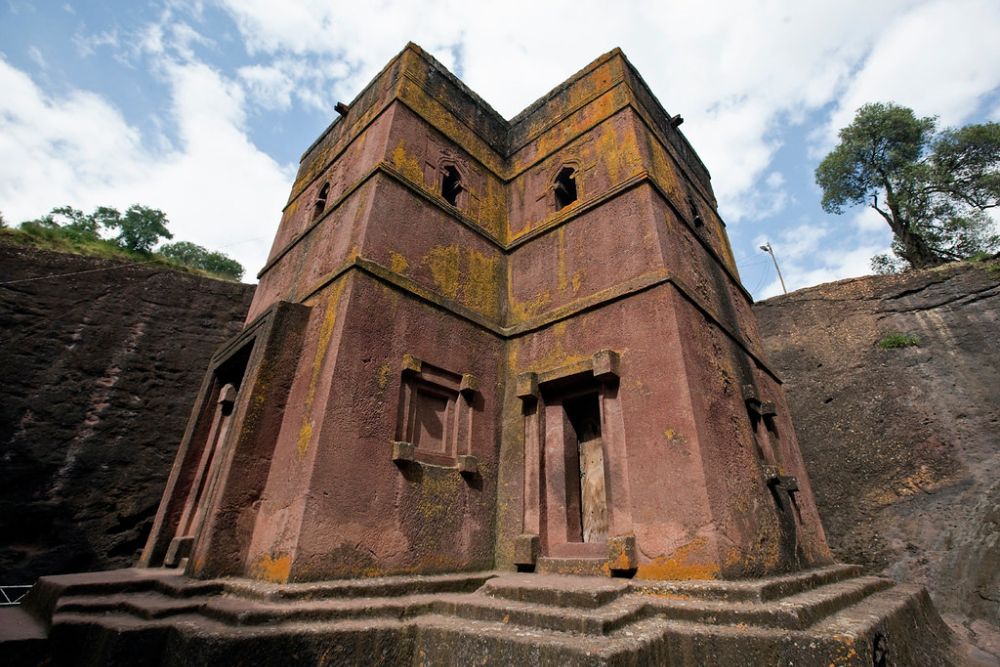
Rock-hewn churches dating to the 12th century remain active pilgrimage destinations where Ethiopian Orthodox Christian traditions continue through liturgical practices that developed in isolation from European Christianity while maintaining connections to early Christian communities in Egypt and the Levant.
Timkat celebrations include elaborate processions, blessing ceremonies, and communal feasting that demonstrate how religious festivals function as community gathering opportunities that strengthen social bonds while expressing spiritual devotion.
Traditional coffee ceremonies throughout the town follow intricate rituals that honor Ethiopia’s role as coffee’s birthplace while creating opportunities for extended conversations that build relationships between local families and respectful visitors. Traditional music performances featuring ancient instruments and polyphonic singing styles happen during religious celebrations rather than as scheduled tourist entertainment, creating authentic cultural encounters.
Like Travel Pug’s content? Follow us on MSN.
Shirakawa-go, Japan
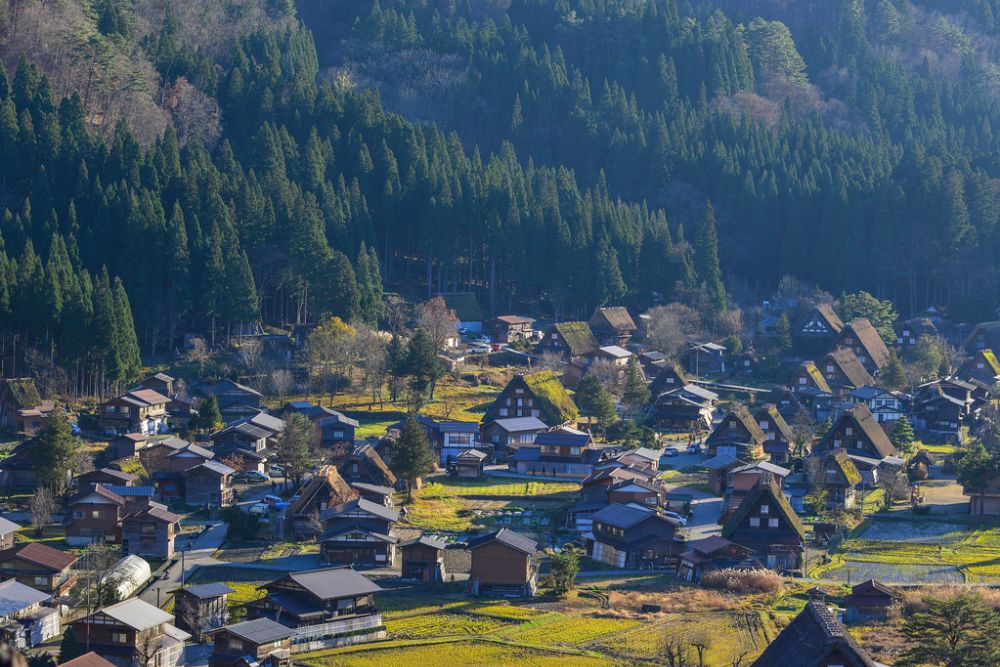
This mountain village preserves traditional architecture and agricultural practices that showcase rural Japanese culture largely unchanged since the Edo period while demonstrating how communities can maintain cultural authenticity while adapting to contemporary economic realities. Gassho-zukuri farmhouses with distinctive thatched roofs house families who welcome visitors for traditional meals and demonstrations of silk production, traditional crafts, and seasonal agricultural work that connect contemporary life to historical survival strategies.
Community festivals celebrate rice planting and harvest through cooperative work parties that include visitors in meaningful cultural exchange while maintaining the social cooperation essential for mountain agriculture. Winter illumination events highlight traditional architecture while families open their homes for storytelling sessions and traditional games that demonstrate how communities create entertainment and social bonding during long mountain winters.
Salvador, Brazil
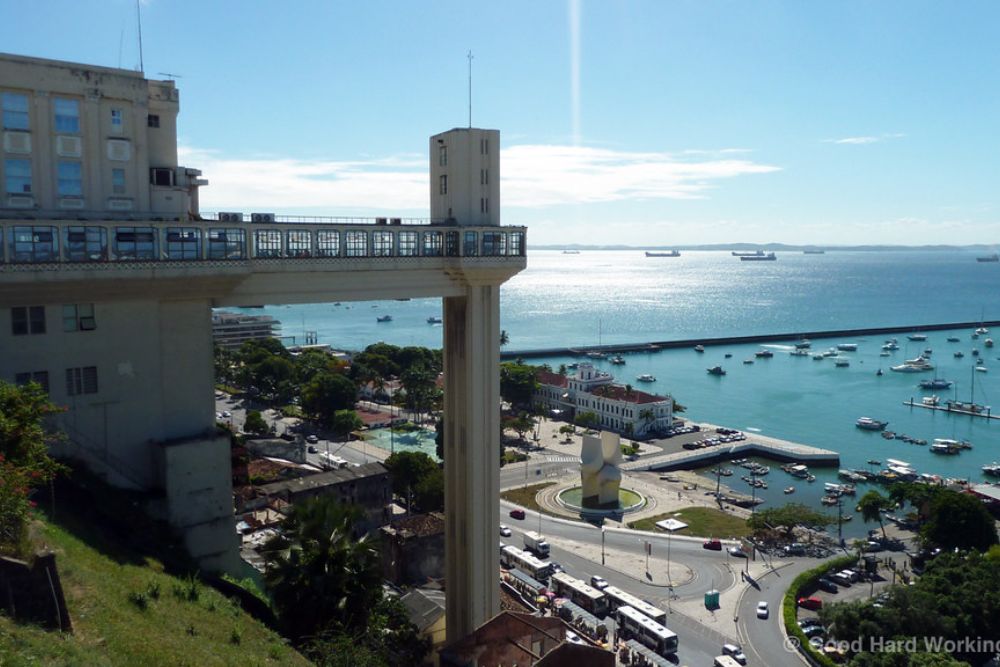
Afro-Brazilian culture flourishes through Candomblé religious practices, capoeira martial arts, and musical traditions that demonstrate how African cultural elements adapted to New World conditions while maintaining essential spiritual and community functions. Pelourinho’s colonial architecture provides settings for traditional music and dance performances that happen as neighborhood celebrations rather than tourist shows, while creating opportunities for cultural exchange that respect both African heritage and Brazilian innovation.
Traditional cooking classes reveal how West African ingredients and techniques transformed into distinctly Brazilian cuisine through centuries of adaptation while maintaining flavor profiles and preparation methods that connect contemporary dishes to historical African foodways. Street art and community murals tell stories of cultural resistance and celebration that reflect the complex heritage of communities that created vibrant cultural expressions despite historical oppression.
Cultural Connections That Endure
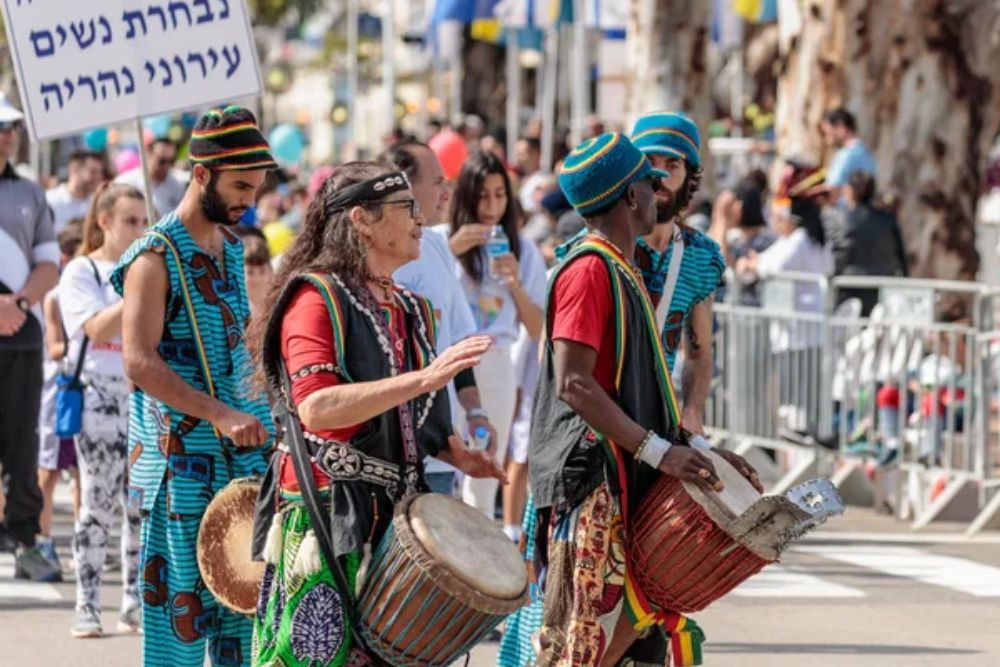
These destinations demonstrate that authentic cultural experiences require approaching communities with genuine curiosity and respect rather than expectations based on tourist brochures or cultural stereotypes. The most meaningful encounters happen when visitors participate in daily life rather than observing staged performances, creating connections that bridge cultural differences through shared human experiences.
Whether joining religious ceremonies, learning traditional crafts, or simply sharing meals with local families, these places offer transformative opportunities to understand how diverse communities create meaning, maintain traditions, and adapt to contemporary challenges while preserving essential cultural identity.
More from Travel Pug

- 20 Best Beach Towns in the Carolinas
- 13 Destinations Where Tourists Regularly Regret Their Trip
- 20 Things You Actually Get in First Class
- 20 Small Airports With Aviation Museums
- 20 Places in the U.S. That Are Perfect for a Reset Trip
Like Travel Pug’s content? Follow us on MSN.
